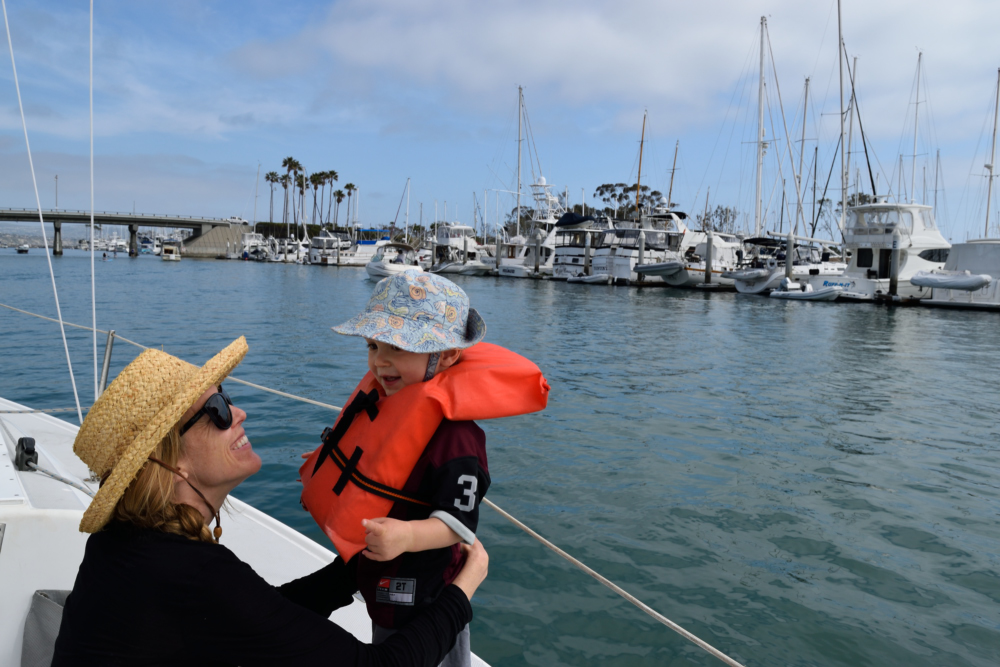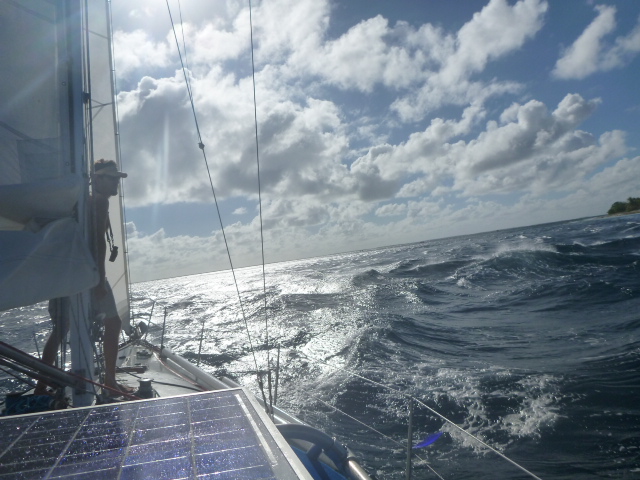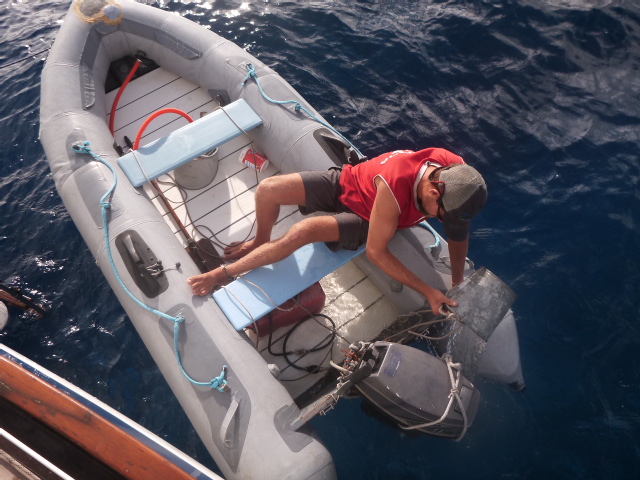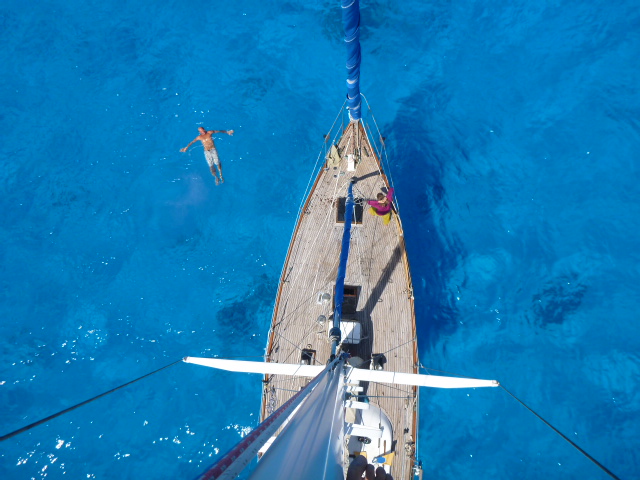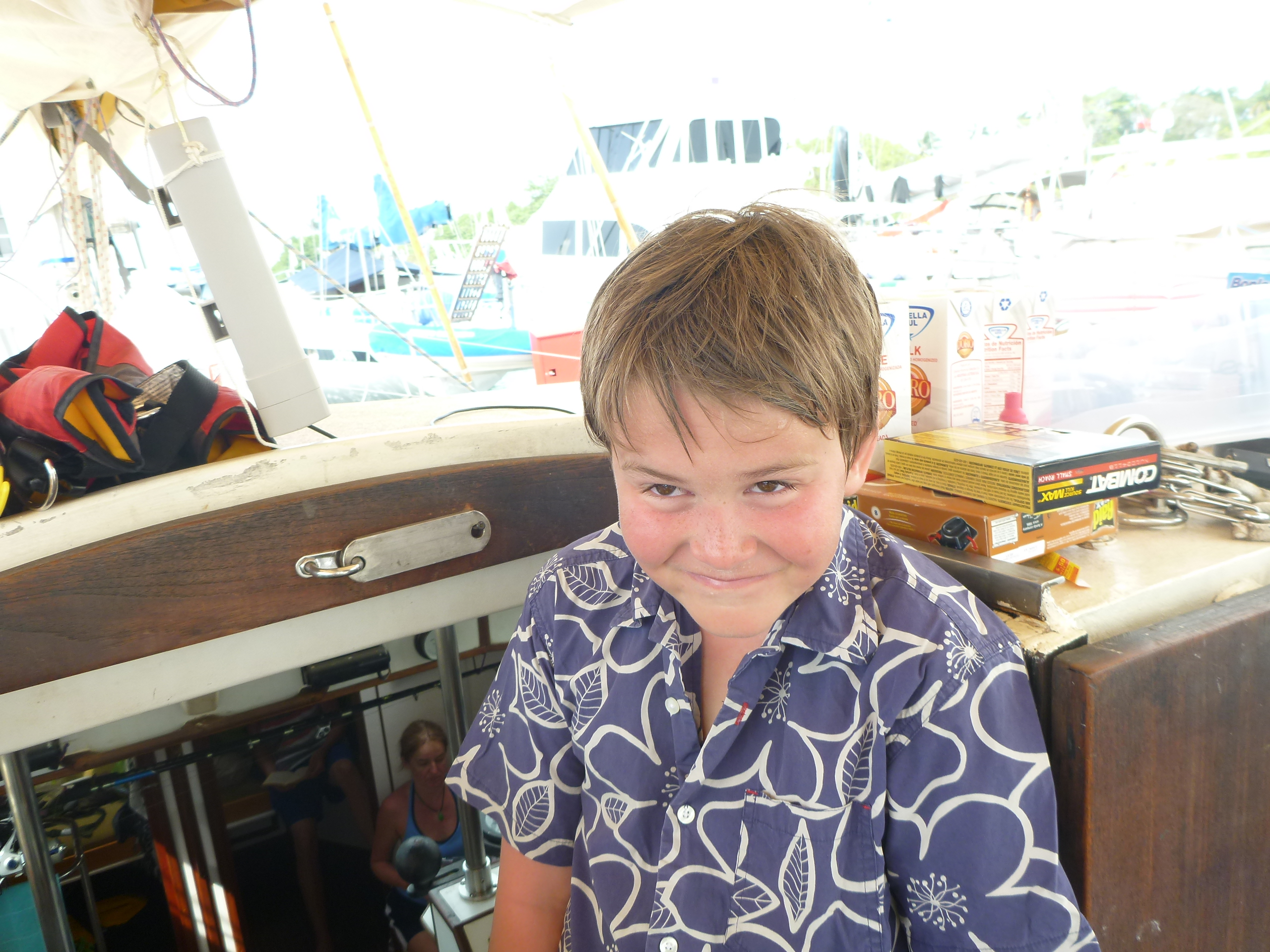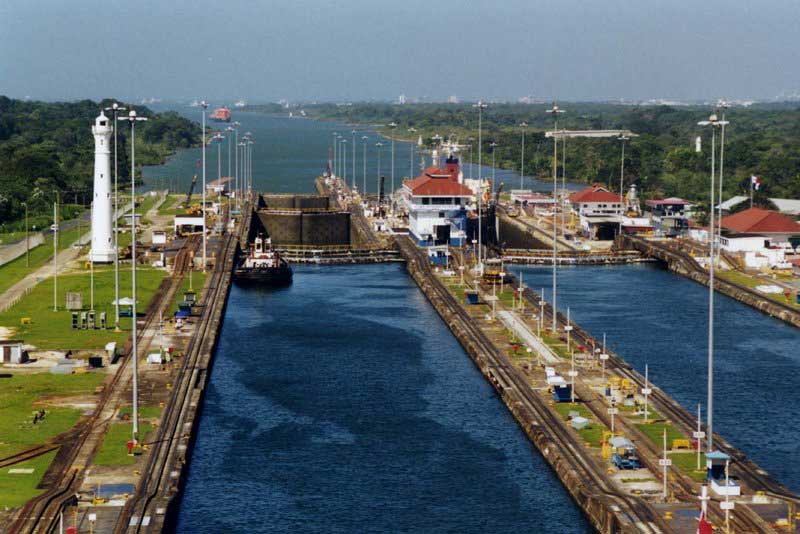Do you know where marrying a local is forbidden?
Spring roundup of stories and adventures
Three months since I wrote a blog post? Yikes. But here’s my excuse: I’m writing a book. It’s about the year we spent sailing the South Pacific in blissed-out freedom, and the year we spent transitioning back into responsible adults and new parents. Stay tuned.
Between book writing, child-chasing, and working our real jobs, Rob and I occasionally keep up with a few hobbies. These mostly include playing in the water and the dirt, but we also try to squeeze in time for taking photos and telling stories. Here are highlights of recent articles:
1. This tale combines my writing and Rob’s photos on BBC Travel: : “Where Marrying A Local Is Forbidden” (Hint: it ain’t in Montana)
2. Rob’s photography website is live, including pics of our February trip scuba diving in Bonaire: RobRoberts.org
3. My recent piece on Mamalode might make you chuckle: “To The Guy Sitting In Front Of Me On The Plane”
As for playing, spring is in full swing, full of wildflowers and sun that beckon us outside. Last month, we reconnected with my family at a memorial service for my grandmother in Capistrano Beach. Highlights included building a fire pit in the sand, taking Talon out for his first ocean sail, and watching him turn into a monster over Easter chocolate.
Back in Montana, we loaded him in a canoe for a float down the Swan River. Sadly, boats are still second to buses in our son’s list of favorites, but he’s quickly learning the ropes on all sorts of watercraft. And Talon’s already got the whole throwing rocks in the water routine down pat.
Scroll down for a photo montage of our recent adventures. Happy Spring, friends!

